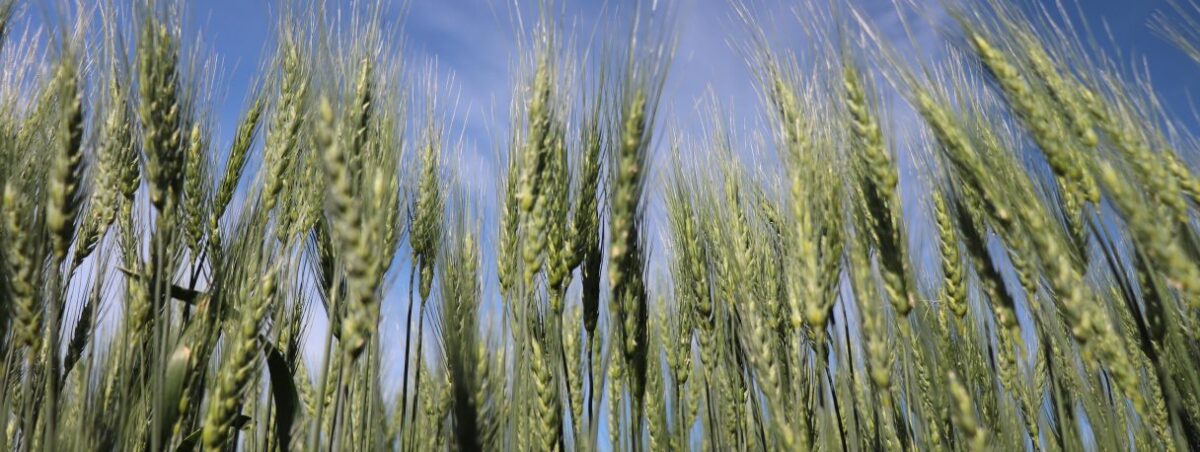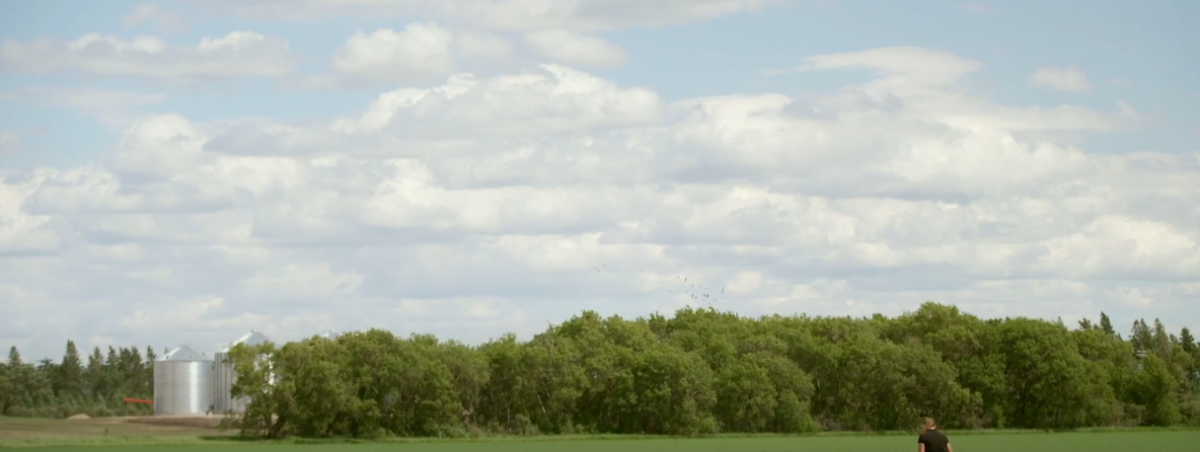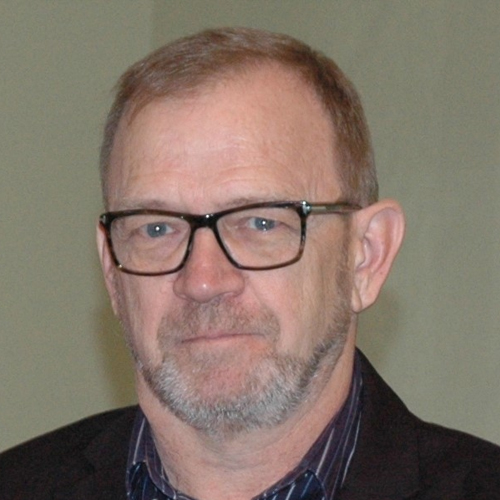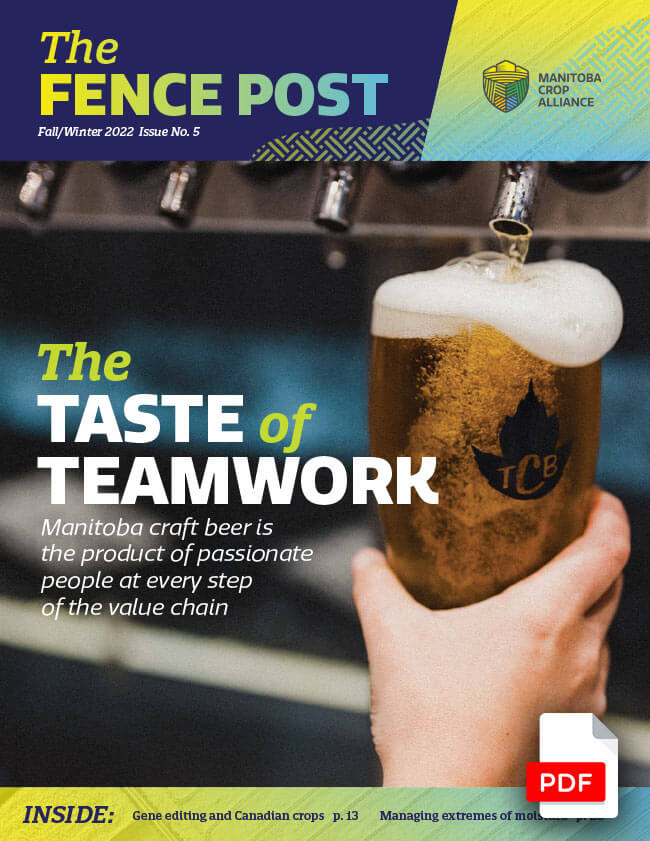Meet our new crop committee delegates
By Manitoba Crop Alliance
The 2022 nomination period for delegates positions on our four crop committees took place from Sept. 1 – Oct. 30, 2022.
In total, 17 farmer members were nominated for 17 available delegate positions across the four crop committees and were thereby elected by acclamation. Among those 17 delegates, seven are new to their respective committees.
Read on to learn more about the newest additions to our crop committees:
Corn
Doug Martin (East Selkirk, MB)
Doug Martin is a fourth-generation farmer, and co-owner and president of Martin Farms Ltd. Martin farms in partnership with his wife Laurie, as well as his cousin Gerry and his wife Kelly.
Together, they grow winter wheat, spring wheat, corn, soybeans, oats and canola, and run a sow farrow-to-wean operation.
Martin holds a bachelor of science in agriculture and a diploma in agriculture from the University of Manitoba. Before joining the corn crop committee, he was a delegate on MCA’s wheat and barley crop committee. He is also a past chair of Winter Cereals Manitoba, a board member on Western Grains Research Foundation, a district advisor for Manitoba Pork Council and a member of the advisory council for Keystone Agricultural Producers.
Martin believes the opportunities for corn are great, with varieties improving each year, and that the crop has a lot of potential to make Manitoba farms more profitable.
Riley Anderson (Morris, MB)
Riley Anderson is a sixth-generation grain farmer from Morris, MB. He farms together with his parents, Joe and Pat Anderson, and his sister, Kara. They grow corn, canola, soybeans, oats and wheat.
Anderson has been growing corn since 2012 and it is his favourite crop to grow. With all the local demand for corn in Manitoba, he believes the number of acres and farms growing it will increase in the future.
A few years ago, he heard a saying that has stuck with him and influenced his decision to join the corn committee: “Everything in agriculture is good for someone – it’s our job to make sure it’s good for the farmer.”
Flax
Darcy Unger (Stonewall, MB)
Darcy Unger grew up on the family farm, Unger Seed Farm Ltd., near Stonewall, MB. The family farm is over 90 years old, with the seed business beginning operations in the late 1960s.
Unger started farming full-time with his dad in 1994. They grow a diverse cropping rotation, including wheat, barley, oats, flax, peas, soybeans and canola. All crop types, aside from canola, are grown for seed production.
He is excited to see the next generation join the farm, as his oldest son has intentions of farming and is currently in his second year in the agriculture diploma program at the University of Manitoba.
Leigh Smith (Oak Lake, MB)
A sixth-generation farmer, Leigh Smith and his wife own and operate Gerlyn Acres Ltd., a mixed grain and cow-calf operation. They also have three kids who work and enjoy the benefits of farm life.
Their farm is a diverse grain, oilseed and forage seed operation. They are also seed growers, with an emphasis on flax, barley, soybeans and forage grass seed.
Smith has been growing flax for as long as he can remember and finds it to be a challenging but rewarding crop. He believes that flax presents many end-use opportunities and expanding flax acres would lead to even greater use.
He looks forward to the opportunity to serve on the committee and feels he has valuable experience to bring forward.
Sunflower
Darcy Watson (Rossendale, MB)
Darcy Watson grew up on the family farm near Rossendale, MB, where he now operates a mixed farm that includes a commercial cow/calf herd and grain production. He has been farming for more than 35 years and grows sunflowers, corn, edible beans, soybeans, wheat and oats. Watson and his wife Val have three sons – Parker farms full time and their two other sons help when they can.
Watson has been growing sunflowers on his farm for over two decades. He was one of a select number of growers for Spitz International for many years and took pride in knowing the product in their bag originated from mostly Manitoba farms.
Outside of the farm, Watson sits on the board of the Rossendale Community Centre.
Dave Van Buuren (Pipestone, MB)
Dave Van Buuren grew up on the family cattle and grain farm near Pipestone, MB. He received his agribusiness diploma from Assiniboine Community College in 2008. Prior to returning to the family farm in 2011, he worked in the agriculture industry for three years.
Van Buuren farms in partnership with his parents and two siblings. On their farm, they grow cereals, canola, corn and sunflowers, and run a commercial cow/calf operation and feedlot enterprise.
Van Buuren and his wife Jenna are proud parents to two boys, Jace and Layne. Last spring, he began a director term with the Valleyview Co-op. He is excited to bring his perspective as a grower to MCA’s sunflower crop committee.
Wheat and Barley
Scott Mowbray (Cartwright, MB)
Scott Mowbray is a fourth-generation farmer from Cartwright, MB, where he farms with his parents, wife and three young children. Their farm has employed zero-tillage for more than 12 years and they’ve started to experiment with regenerative agriculture techniques, including cover cropping, green seeding and intercropping.
Prior to coming home to the family farm, Mowbray spent 10 years working for Richardson Pioneer in several roles at various locations across Western Canada. Before joining Richardson Pioneer, he was enrolled in the agribusiness diploma program at Assiniboine Community College.
He has recently taken on a delegate role with Keystone Agricultural Producers and volunteers locally for a variety of community organizations, including as chairperson of the Cartwright Centennial Auditorium board of directors.
Mowbray is very excited to join the wheat and barley crop committee and looks forward to being a part of MCA, as it helps to safeguard the industry for future generations.
Brad Myskiw (Warren, MB)
Brad Myskiw is a fifth-generation farmer from Warren, MB. He and his wife, Cassidy, have two kids and operate a cash-crop grain farm, producing a wide array of crops, including corn, canola, soybeans, wheat, barley and oats.
Wheat and barley have long been staple crops in Myskiw’s rotation, and he looks forward to collaborating with the wheat and barley crop committee to further strengthen and improve wheat and barley production in the Manitoba rotation.





















